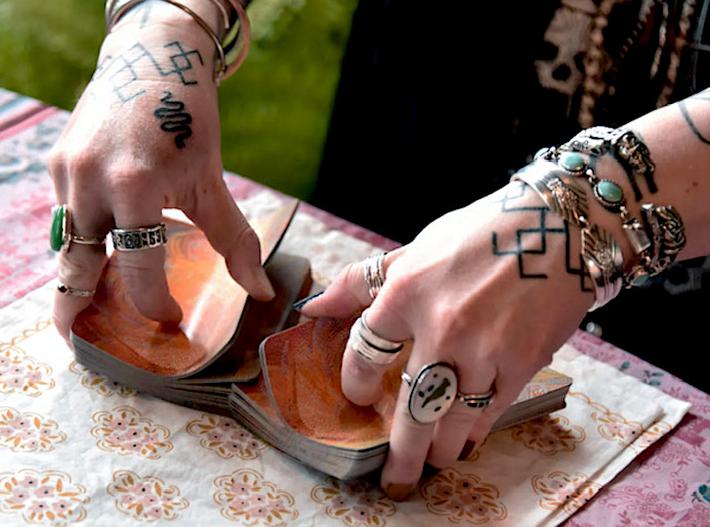When Doves Cry
Guest Opinion
By Greg Holmes | Oct. 7, 2023
We kept a close eye on each other.
A pair of mourning doves built a nest on a corner ledge on our front porch. It was the second time this summer. The first nest ended in tragedy when the nest was attacked by grackles and destroyed along with two newborn doves.
So when the second nest was built on the opposite ledge, 10 feet or so from our dining room table, we watched with anxious anticipation. The parents went through their routine, emitting their signature cooing sounds while they built their new nest from hastily gathered twigs. The doves watched us with a wary eye, trying to guard their creation from all potential predators.
I admit to becoming fascinated, if not a little obsessed, with the two birds. Why were they called mourning doves? According to a Huron legend, a maiden named Iohara (or Ayu’ra) cared for a dove and the bird loved her. When Iohara died and went to the Underworld, the doves followed her but were not allowed to enter. According to the legend, doves have been in mourning ever since, hence the name. Most people however, believe mourning doves were named after their distinctive cooing calls that have a mournful sound.
Our excitement grew with each passing day. We watched as the adults, mates for life, made a loud whistling noise as they flew back and forth while constructing a nest of twigs and grass. The two eggs became two baby doves, or squabs, and the race was on. Could they survive for two weeks until they were ready to go off on their own? Could we stop the grackles from returning?
Things progressed quickly. The doves were exemplary co-parents as they gathered seeds and fed their offspring. The babies grew quickly and soon were flapping long wings of their own as they stood in the nest. How all of them were able to coexist in the cramped nest balanced on the ledge was beyond me.
I knew they could leave the nest at any moment, and I hoped I would be in the dining room to watch them lift off. My only regret was not having installed a motion activated camera to record their take off.
One morning it happened; they were gone. We didn’t witness their departure, but we were happy for them. We were grateful that we didn’t see any sign of grackles or a torn nest spewed on the porch floor.
Sadly, our happiness turned out to be short lived. It was Katherine who discovered the dove lying on the alley road the next day. The young dove was dead. What compounded our grief was when Katherine saw the mother grab at her baby and attempt to move it, trying to do anything to make it wake up, to make it fly again.
So maybe it wasn’t a grackle after all. Maybe it was one of the neighborhood cats, or maybe the grille of an oncoming car. In the end, how matters much less than what. We were sad and began to wonder how the mother felt. She obviously had a response to her dead baby, but did she have any feelings about it? Was she mourning?
Do non-human animals have feelings or is it simply something that we project upon them? It’s a subject that has been controversial for some time, although more scientists believe that animals do have feelings. According to an article published in Scientific American “…humans and animals are fundamentally similar…in their responses to painful and pleasurable stimuli.”
For example, it has been reported that feelings of optimism and pessimism occur in a variety of species such as rats, dogs, chicks, and starlings. Mothers of domestic hens have been observed to be affected by the distressed state of their chicks.
What about empathy, or the ability to understand and share the feelings of others? Researchers at the University of Michigan have concluded that a neural process in the ability of humans to feel empathy was in fact first developed in our animal ancestors. Basically, when we see another person in pain, it often causes us to share that feeling and leads to efforts to console them. When people fail to show empathy for others, it’s typically a sign that they are simply too full of themselves. Interestingly, consolation responses can be seen in animals such as dogs, elephants, and primates.
There are several examples that have led scientists to believe that animals mourn. Elephants have been observed grieving the loss of their herd members. The primatologist Jane Goodall witnessed a young chimpanzee stop eating and become lethargic upon the death of its mother. Dolphins and whales will often attend to a dead member of the pod. Mothers of baby chimpanzees and gorillas have been witnessed carrying their babies several days after the baby has died.
No one can say exactly what animals feel, just as I can’t say for sure how the mourning dove felt that day. But more and more evidence seems to indicate that animals do have feelings.
How does that make you feel?
Greg Holmes lives and writes in Traverse City.
Trending

Meaningful, Practical, Magical
Sarah Snider, owner of Poetess and Stranger, has poured nearly three decades of experience into the creation of her Petosk... Read More >>
Restoring Sleeping Bear Inn
It won’t be long before Glen Haven visitors will be able to experience waking up in the oldest hotel in the National... Read More >>
Dream Team in the Dugout
Northern Michigan’s Dream Team, a co-ed baseball league for youths, teens, and young adults with disabilities, is ge... Read More >>


